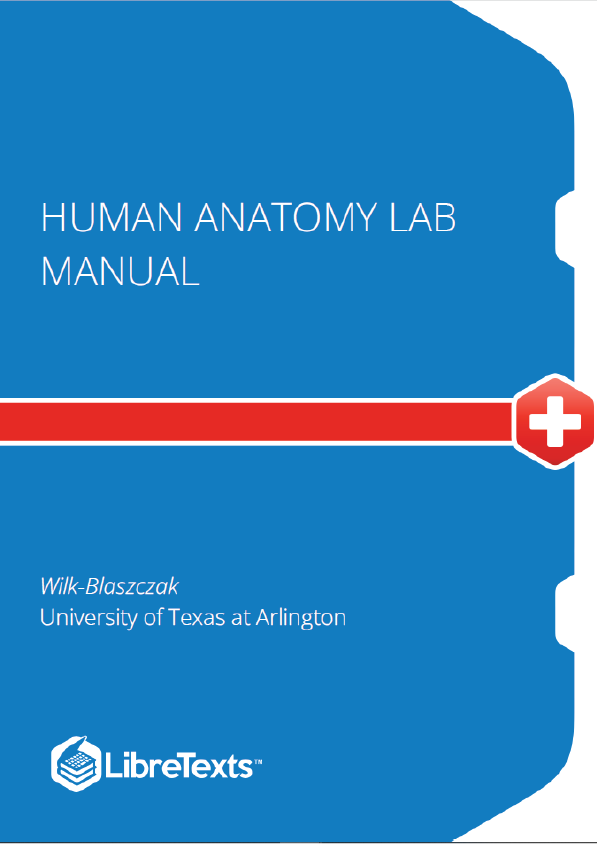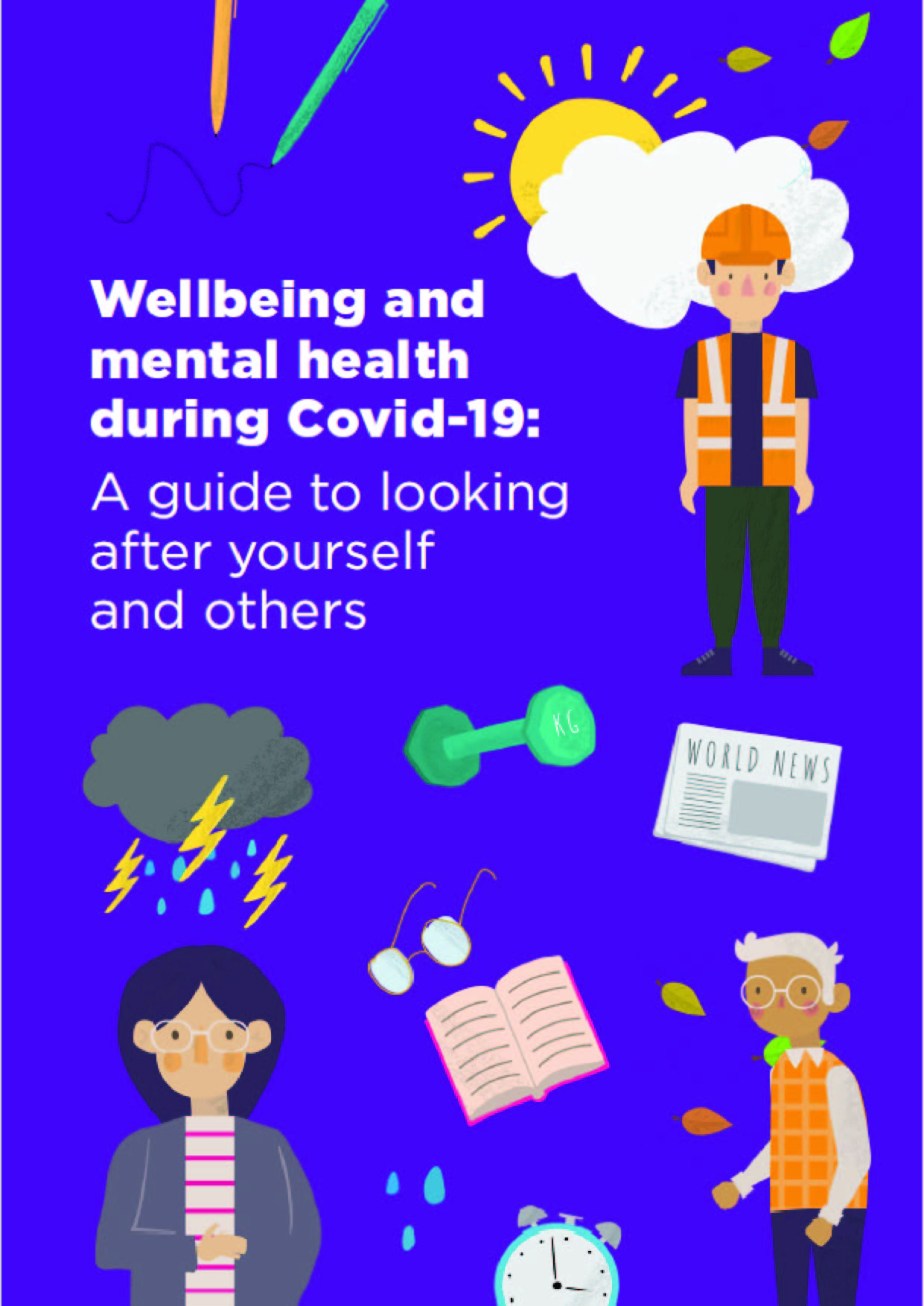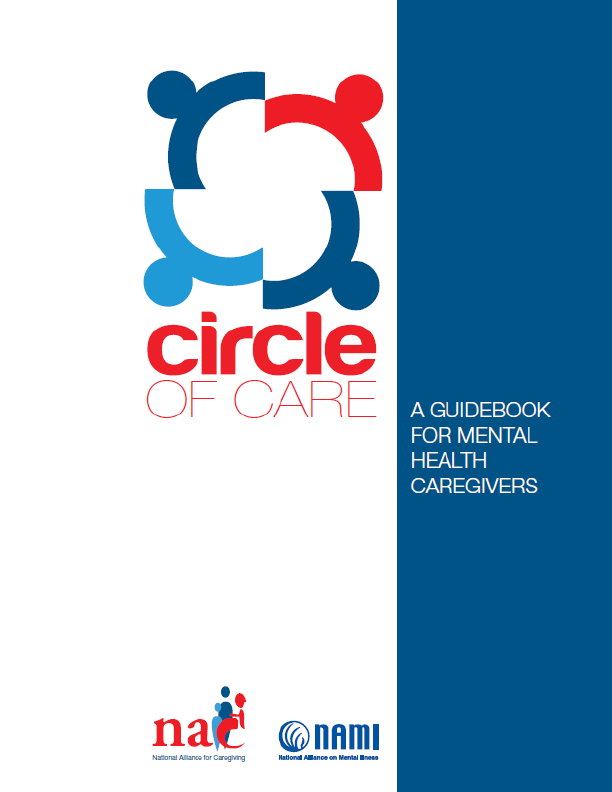This is a lab manual for a college-level human anatomy course. Mastery of anatomy requires a fair amount of memorization and recall skills. The activities in this manual encourage students to engage with new vocabulary in many ways, including grouping key terms, matching terms to structures, recalling definitions, and written exercises. Most of the activities in this manual utilize anatomical models, and several dissections of animal tissues and histological examinations are also included. Each unit includes both pre- and post-lab questions and six lab exercises designed for a classroom where students move from station to station. The vocabulary terms used in each unit are listed at the end of the manual and serve as a checklist for practicals.
Lab 1- Anatomical Language
This is a lab manual for a college-level human anatomy course. Mastery of anatomy requires a fair amount of memorization and recall skills. The activities in this manual encourage students to engage with new vocabulary in many ways, including grouping key terms, matching terms to structures, recalling definitions, and written exercises. Most of the activities in this manual utilize anatomical models, and several dissections of animal tissues and histological examinations are also included. Each unit includes both pre- and post-lab questions and six lab exercises designed for a classroom where students move from station to station. The vocabulary terms used in each unit are listed at the end of the manual and serve as a checklist for practicals.
Measurable Outcomes
- Understand what the standard anatomical position is.
- Correctly identify a given plane by its correct name.
- Relate different structures of the body using the directional terms provided.
- Correctly identify the anatomical regions of the body.
- Demonstrate how to properly focus histology slides and identify key structures.
- Demonstrate an adequate understand of the material in this section.
Background
A solid foundation is essential when learning any new skill. Understanding anatomical directions, articulations, planes, and regions are the foundation for learning anatomy.
The standard anatomical position of the human body is facing towards the observer, legs hip-width apart, feet facing forward, arms out slightly at either side with palms facing forward. When determining a structure’s relative position, be sure to use this frame of reference. For example, it can be easy to confuse which side is the anterior aspect of the hands, therefore, one might incorrectly assume that the thumb is medial to the little finger. Remember, the anterior aspect of the hand is the palm, therefore the thumb is furthest from the center of the body and is lateral.
The archetypal body planes are frontal, sagittal and transverse planes. The frontal plane splits the body into anterior and posterior halves. The sagittal plane splits the body into left and right halves. The transverse plane splits the body into superior and inferior (top and bottom) halves. It is important to be able to identify a given plane so that you can orient yourself when a specimen, model or diagram is depicted a certain way. This same reasoning applies to the necessity of understanding directional terms such as anterior, inferior, distal and medial. It is recommended that you read the content prior to attending lab to make the most of your time.











